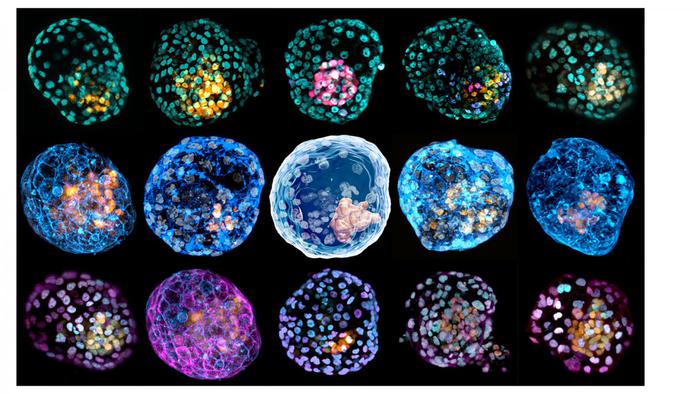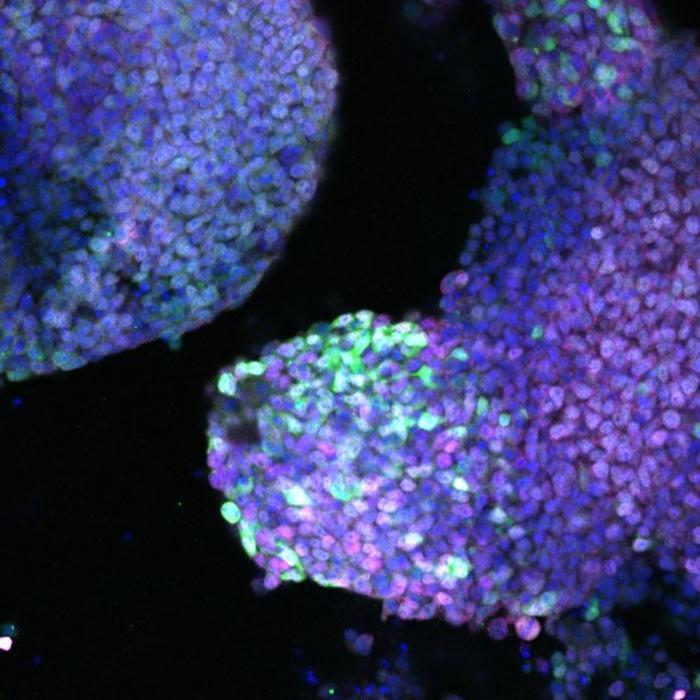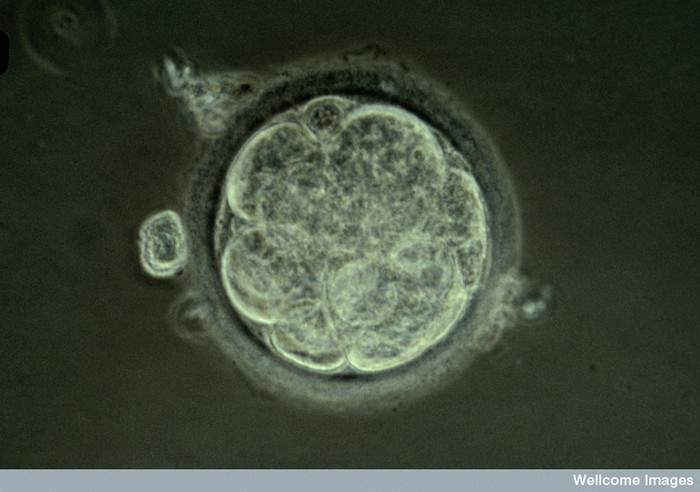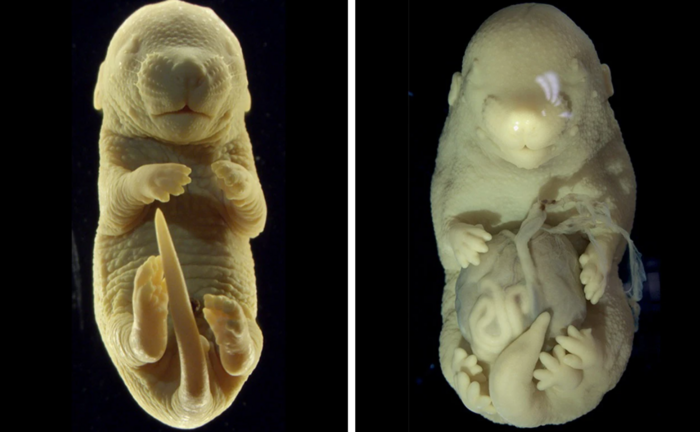Obtained human embryo-like generated in the laboratory not from ova and sperm but from reprogrammed stem or skin cells: they are called blastoids, because they recapitulate the development of the embryo at the initial stage (of blastocyst) and, although they are not completely identical to the natural ones , they can become living laboratories to study fertility problems and the early stages of human development, in search of new therapies.
The result is published in Nature in two independent studies, coordinated by Monash University in Melbourne and Southwestern Medical Center of the University of Texas.
Human blastoids come within a few years of the very first synthetic mouse embryos obtained in 2017 and 2018 in Great Britain and the Netherlands.
The research thus takes a further step forward in the study of the early stages of embryonic development, thanks to these organoids that simulate blastocysts thus avoiding the ethical problems raised by the use of real embryos, human and animal.
Going into the merits of the two new studies, the same result was obtained by following different paths.
The research group led by Jose Polo of Monash University reprogrammed adult cells taken from the skin (fibroblasts) and cultured them in 3D to form a structure similar in architecture and genetics to a blastocyst and therefore called 'iBlastoid' (i.e. induced blastoid).
This organoid, explains Polo, "will allow us to study the very early stages of human development, shedding light on some of the causes of infertility and congenital diseases, and will allow us to evaluate the impact of toxic substances and viruses on embryos, without having to use real human blastocysts. and above all with unprecedented detail, accelerating the development of new therapies ".
The second research group, led by Jun Wu of the University of Texas, instead obtained a blastoid starting from human pluripotent stem cells.
The organoid is comparable to a blastocyst in morphology, size, number and variety of cells, but is still unable to develop into a truly viable embryo.









